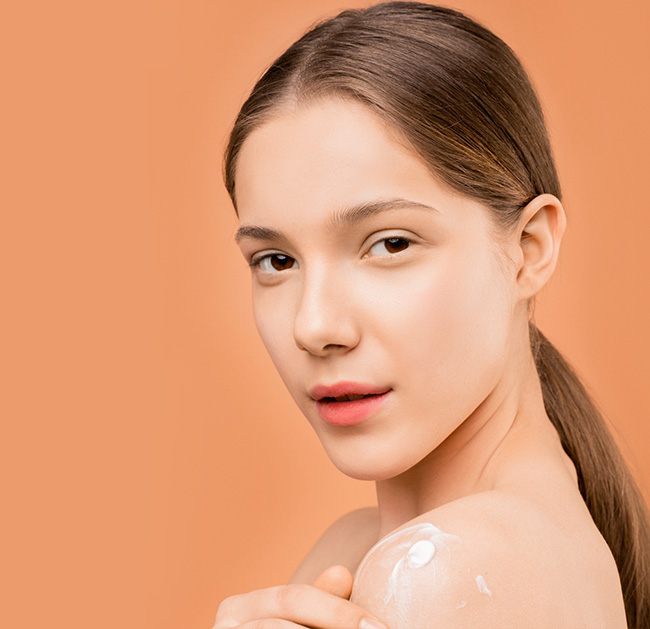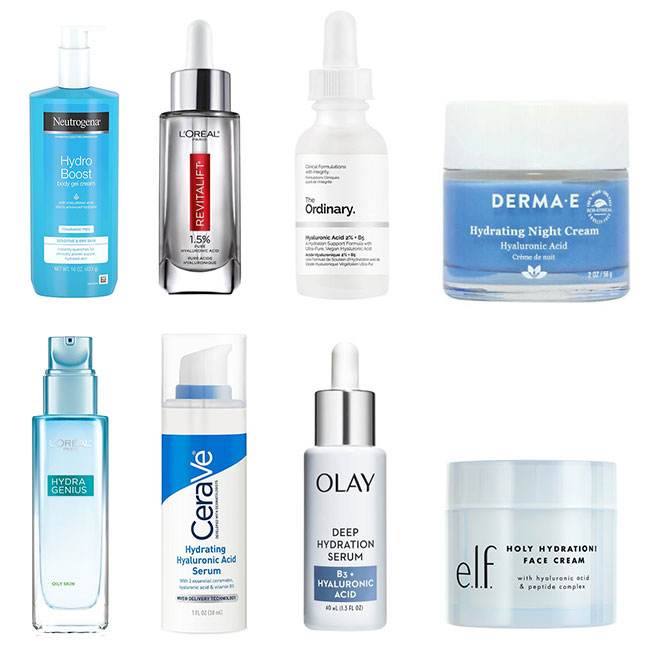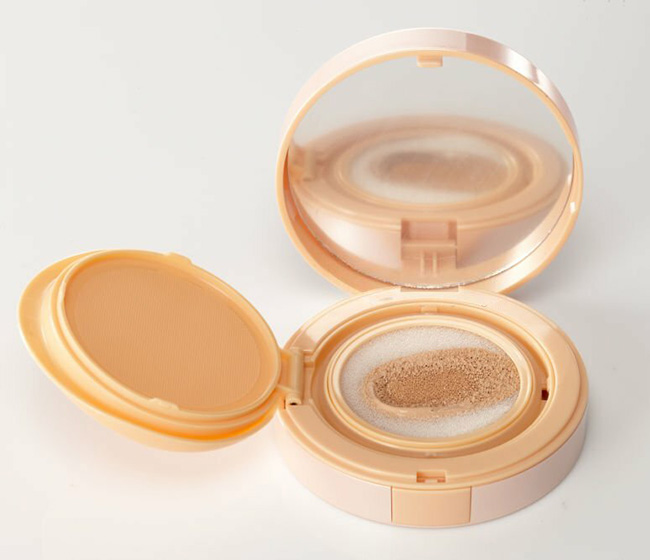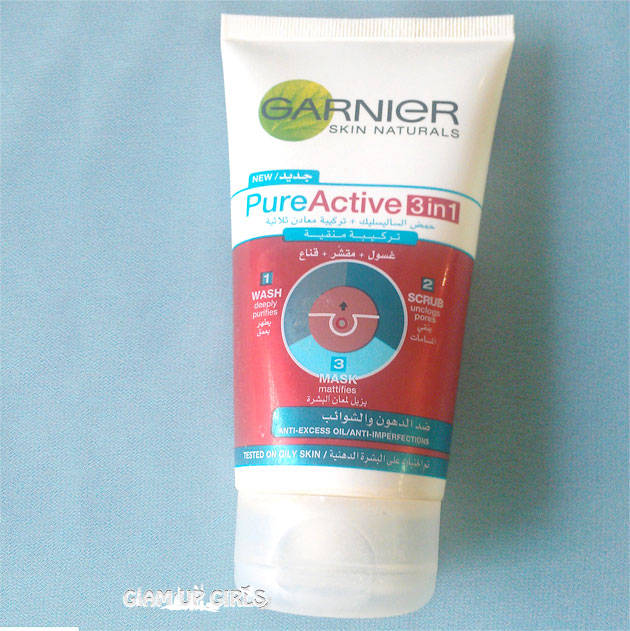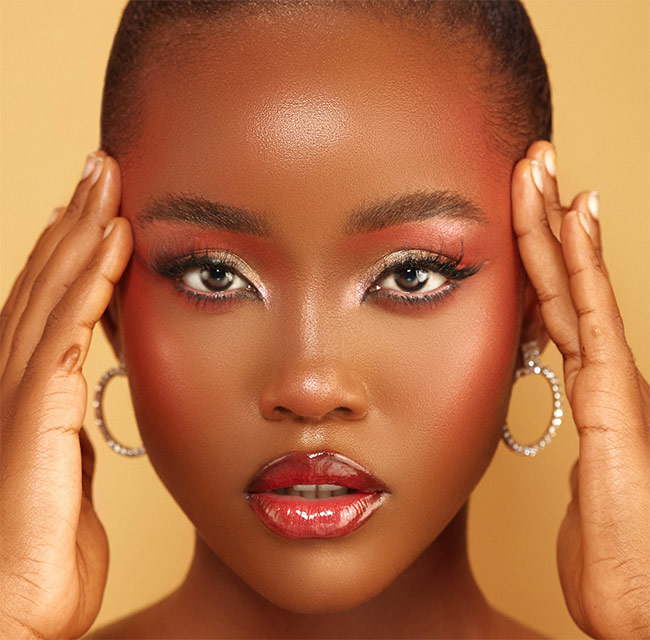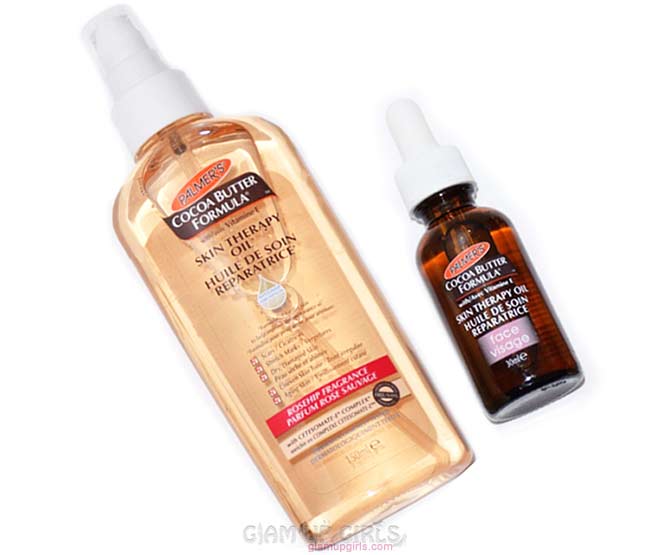5 Cleansing Types and How to Choose Best for Your Skin
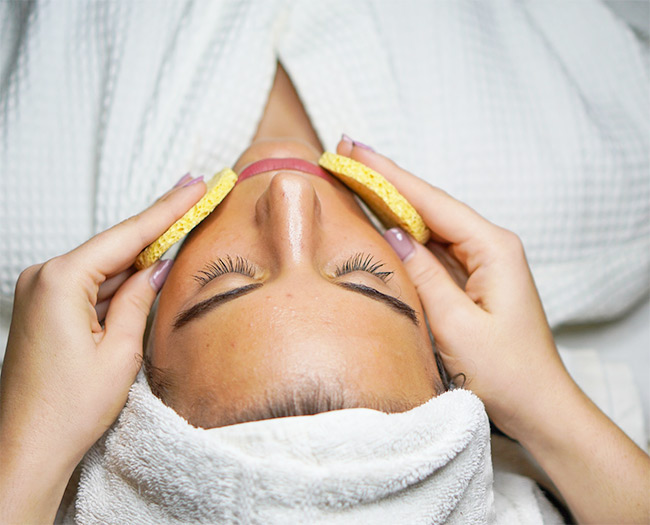
1. Foaming Cleansers
Foaming cleansers are popular for their ability to create a rich lather that helps remove excess oil and impurities from the skin. They are ideal for those with oily or combination skin, as they provide a deep cleanse without leaving a greasy residue. However, foaming cleansers may be too drying for those with dry or sensitive skin, so it's essential to choose a formulation with gentle surfactants and nourishing ingredients.
2. Gel Cleansers
Gel cleansers have a lightweight, gel-like consistency that effectively cleanses the skin without stripping away its natural oils. They are suitable for all skin types, but particularly beneficial for those with oily or acne-prone skin. Look for gel cleansers with ingredients like aloe vera or chamomile to soothe and calm the skin.
3. Cream Cleansers
Cream cleansers have a creamy texture that provides a gentle and hydrating cleanse. They are best suited for dry, sensitive, or mature skin types that require extra moisture and protection. Cream cleansers often contain nourishing oils and emollients to leave the skin feeling soft and supple.
4. Oil Cleansers
Oil cleansers are excellent at dissolving makeup, sunscreen, and sebum, making them ideal for all skin types, including oily skin. Contrary to what some might think, oil cleansers can help balance the skin's natural oil production. They work on the principle of "like dissolves like," where the oil in the cleanser binds to the oil on your skin and gently lifts away impurities. For a deeper cleanse, you can also try double cleansing, using an oil cleanser followed by a water-based cleanser.
5. Micellar Water
Micellar water is a water-based cleanser that contains tiny micelles (oil molecules) suspended in water. It is a gentle and effective option for all skin types, especially sensitive skin, as it removes makeup and impurities without the need for rinsing. Simply soak a cotton pad with micellar water and swipe it over your face to cleanse.
Choosing the Best Cleanser for Your Skin
1. Identify Your Skin Type: Determine whether your skin is oily, dry, combination, or sensitive. This will help you select a cleanser that caters to your specific needs.
2. Consider Your Skincare Concerns: If you have specific skin concerns like acne, aging, or hyperpigmentation, look for cleansers with ingredients that address those issues, such as salicylic acid for acne-prone skin or antioxidants for anti-aging benefits.
3. Avoid Harsh Ingredients: Opt for cleansers that are free from harsh sulfates, parabens, and artificial fragrances, as these can irritate the skin and disrupt the skin's natural barrier.
4. Patch Test New Products: Before incorporating a new cleanser into your routine, do a patch test on a small area of your skin to check for any adverse reactions.
Choosing the right cleanser is crucial for maintaining healthy, radiant skin. By understanding your skin type, considering your skincare concerns, and opting for gentle and effective formulations, you can find the perfect cleansing product to keep your skin clean, balanced, and ready to absorb the benefits of the rest of your skincare routine. Remember, consistency and patience are key to achieving the best results with any skincare product.
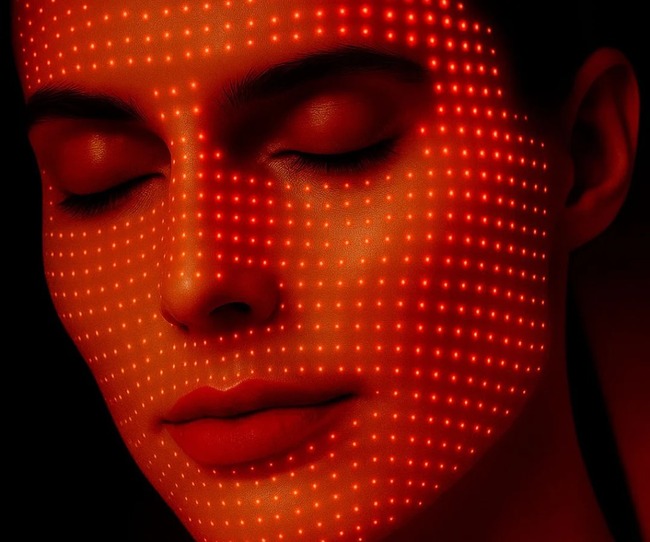
Yes, LED Masks Work. Here’s How Red Light Therapy Visibly Reduces Wrinkles and Boosts Collagen
The use of LED face masks has shifted recently from a beauty routine for celebrities to a daily s...
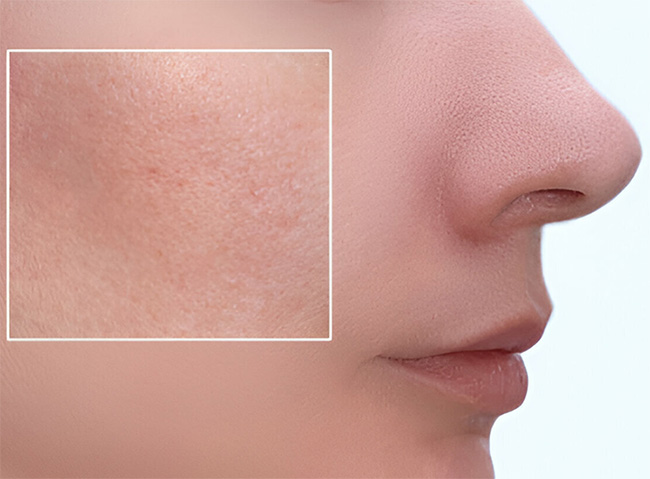
Understanding Pore-Clogging Ingredients
Skincare is important. The skin needs care every day.

K-Beauty: More than Just a Trend, A Skincare Revolution
K-Beauty has taken the world by storm, filling bathroom cabinets with sleek packaging and innovat...

Best Moisturizers in Pakistan Approved by Dermatologists
Skincare is no longer just a trend, it’s a vital part of maintaining healthy, glowing skin.
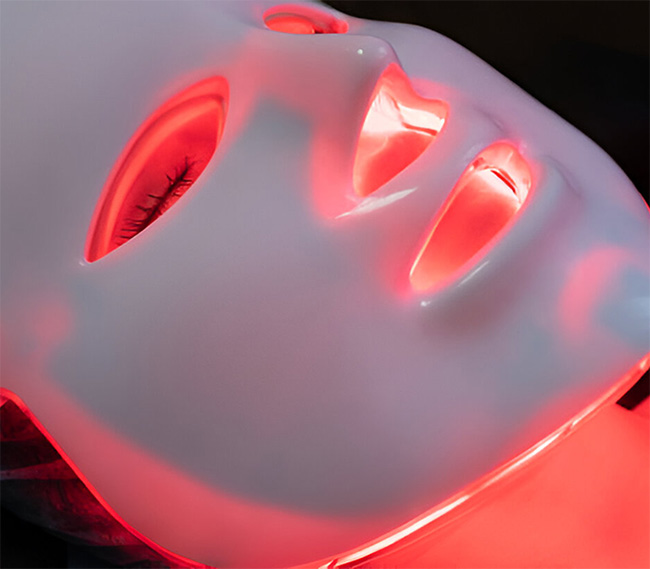
11 Things to Keep in Mind While Choosing LED Light Therapy Mask
LED light therapy masks are a game-changer in the world of skincare. From reducing acne and infla...

How I Improved My Chronic Dark Circles With Skincare and Lifestyle Changes
I have had evil dark circles almost all my life. During my teens, I tried to use whatever product...

Best Skin Care Routines You Need During Workouts
Working out is not just great for your body and mind, it can also be amazing for your skin!

Best Hair Removal Methods in Winter and How to Maintain Smooth Skin
Winter brings cozy sweaters, warm scarves, and boots, but it also often leads to dry, flaky skin,...

My October Skincare and Makeup Routine for Glowing Skin
As the cooler, crisper air of October sets in, it’s the perfect time to switch up your beauty rou...

How Can Senior Women Maintain Soft and Supple Lips?
Keeping lips soft and smooth gets tougher with age.

26 Clean Beauty Products, I love For Skin, Makeup, Hair, Body and Nails
Clean beauty products are those formulated without potentially harmful or toxic ingredients, focu...

What are Korean Sunscreens? Why You Need to Try Them?
In recent years, Korean skincare has taken the global beauty industry by storm, and one of its st...

Why You Need Overnight Collagen Mask For Flawless Skin
The overnight collagen mask has become quite popular and all for the right reasons.

5 Beauty Hacks That Will Make You Look Younger
We live in a world where everyone is on a constant quest to look youthful.
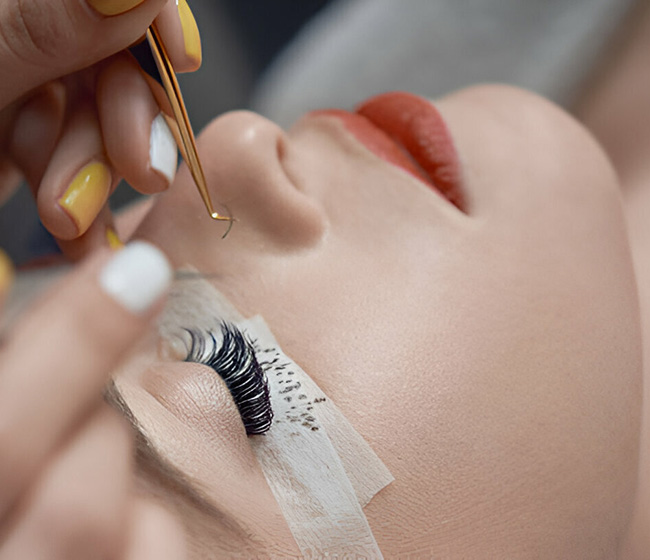
The Importance of Prepping Artificial Lashes Before Eyelash Extension Application
Proper preparation of artificial lashes before eyelash extension application is crucial for achie...
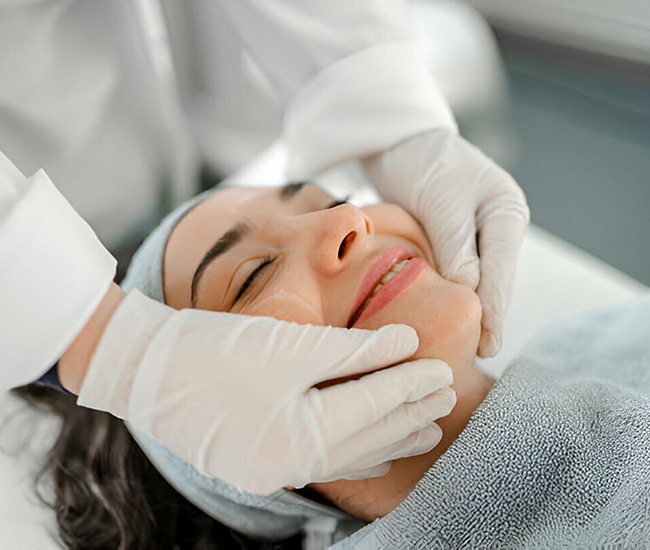
How to Choose the Right MedSpa Treatment for Your Skin Type
Choosing the right MedSpa treatment for your skin type is an essential step toward achieving your...
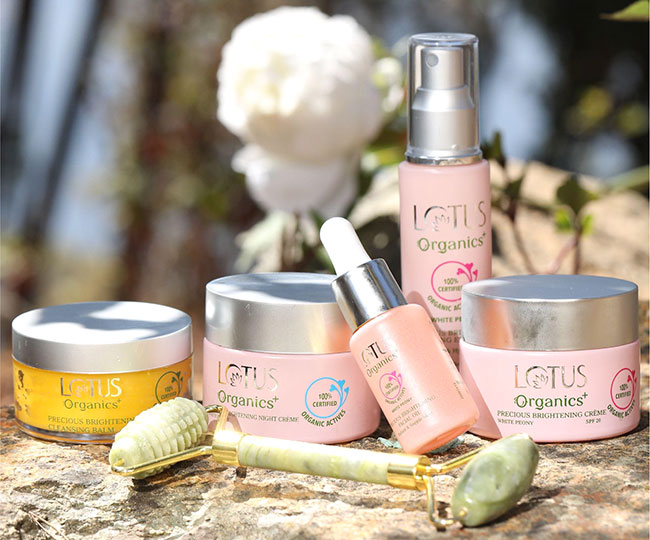
10 Key Pointers to Consider While Choosing Organic Skincare Products
The world of skincare is not just about looking good. It is also about being self-conscious of wh...
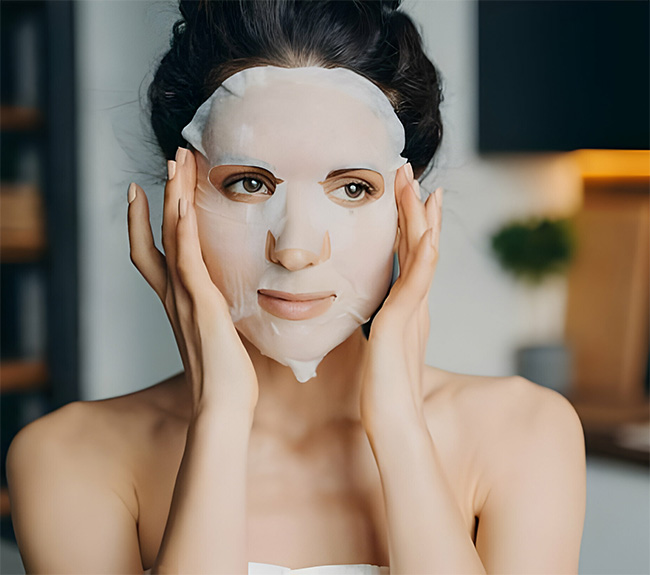
How to Choose Face Mask for Your Skin Type
I love masks. They’re the perfect combination of pampering and skin rejuvenation, providing a hos...

The Power of Minimal Skincare for Healthy and Youthful Skin
Nowadays, our skincare routines often resemble complex chemistry experiments,
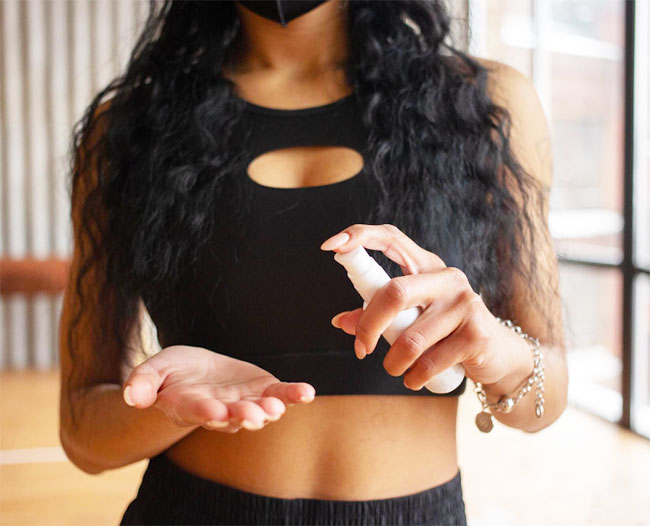
7 Benefits of Incorporating Moisturizing Body Spray into Your Skincare Routine
Do you want an easy and effective way to keep your skin soft and hydrated all day?

